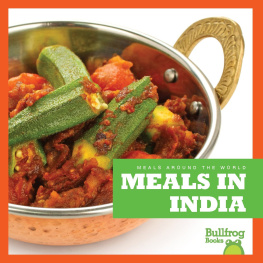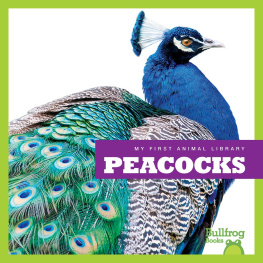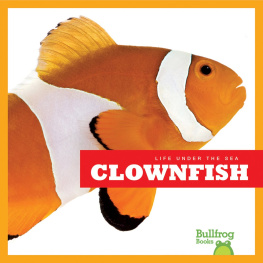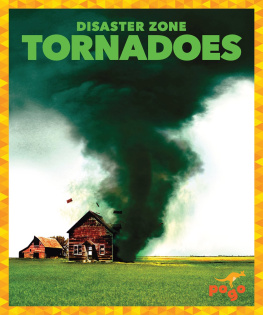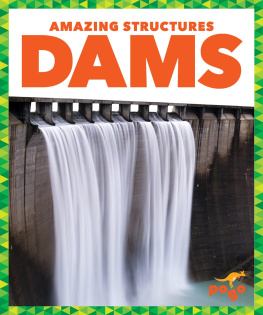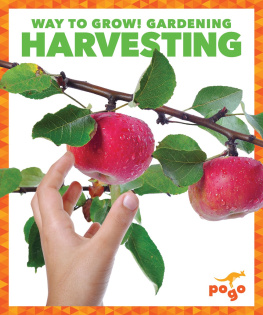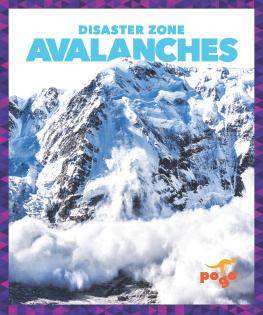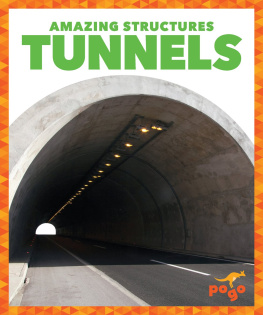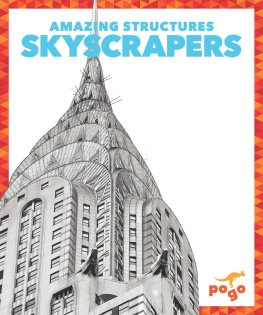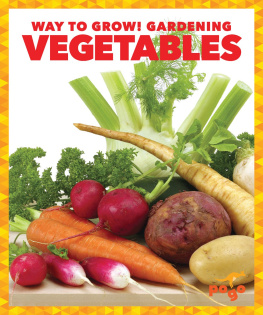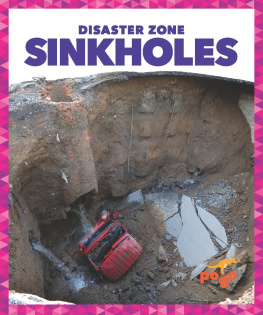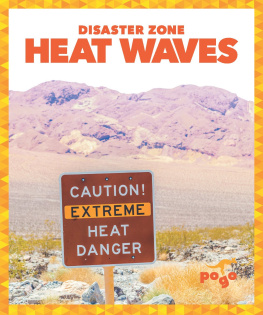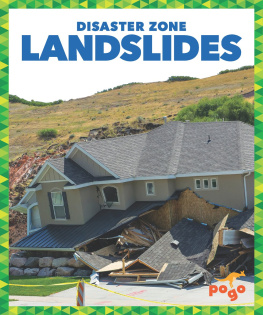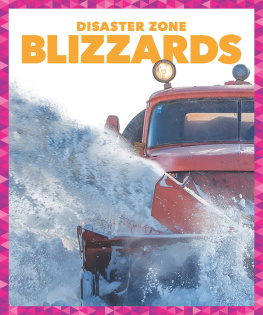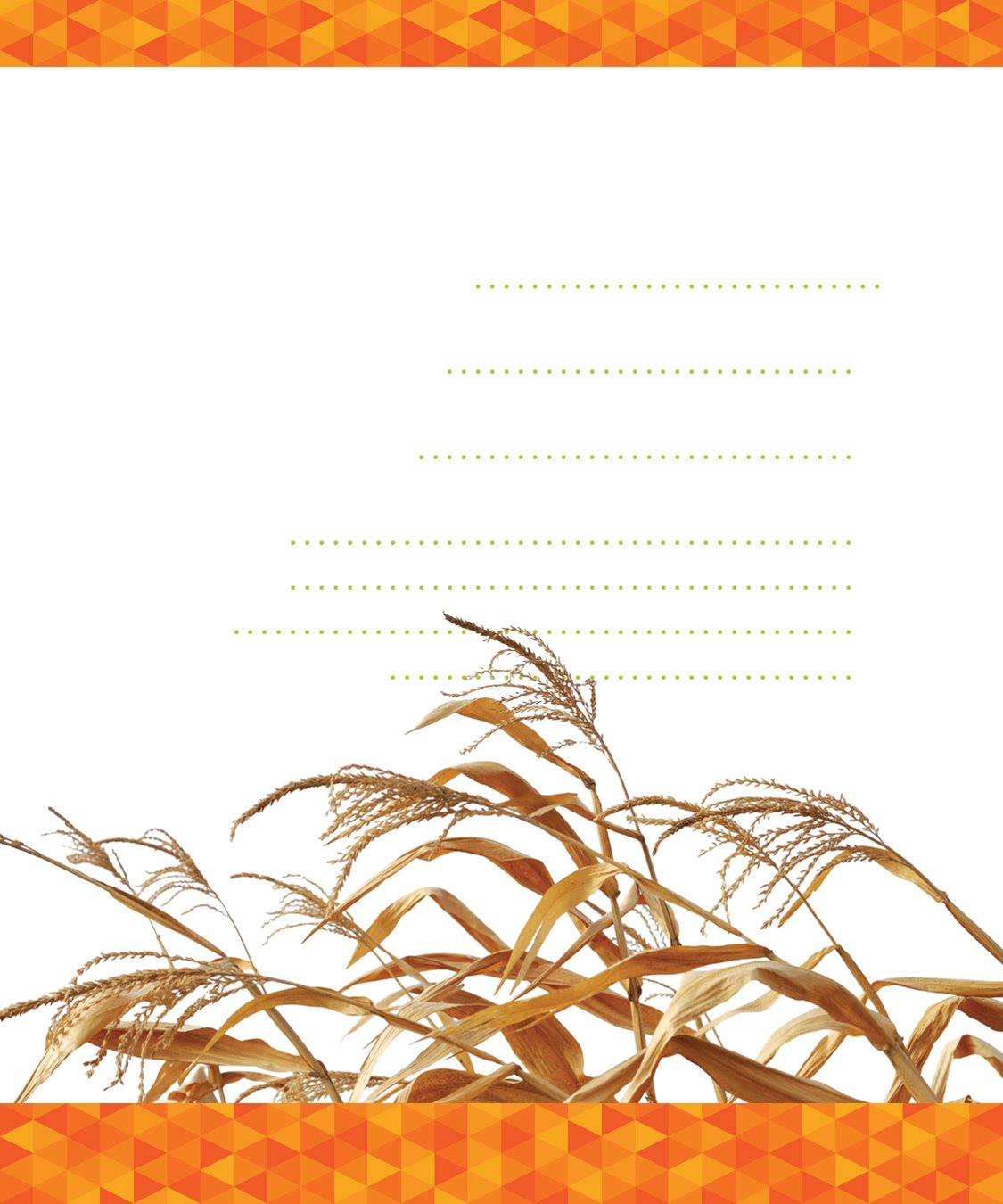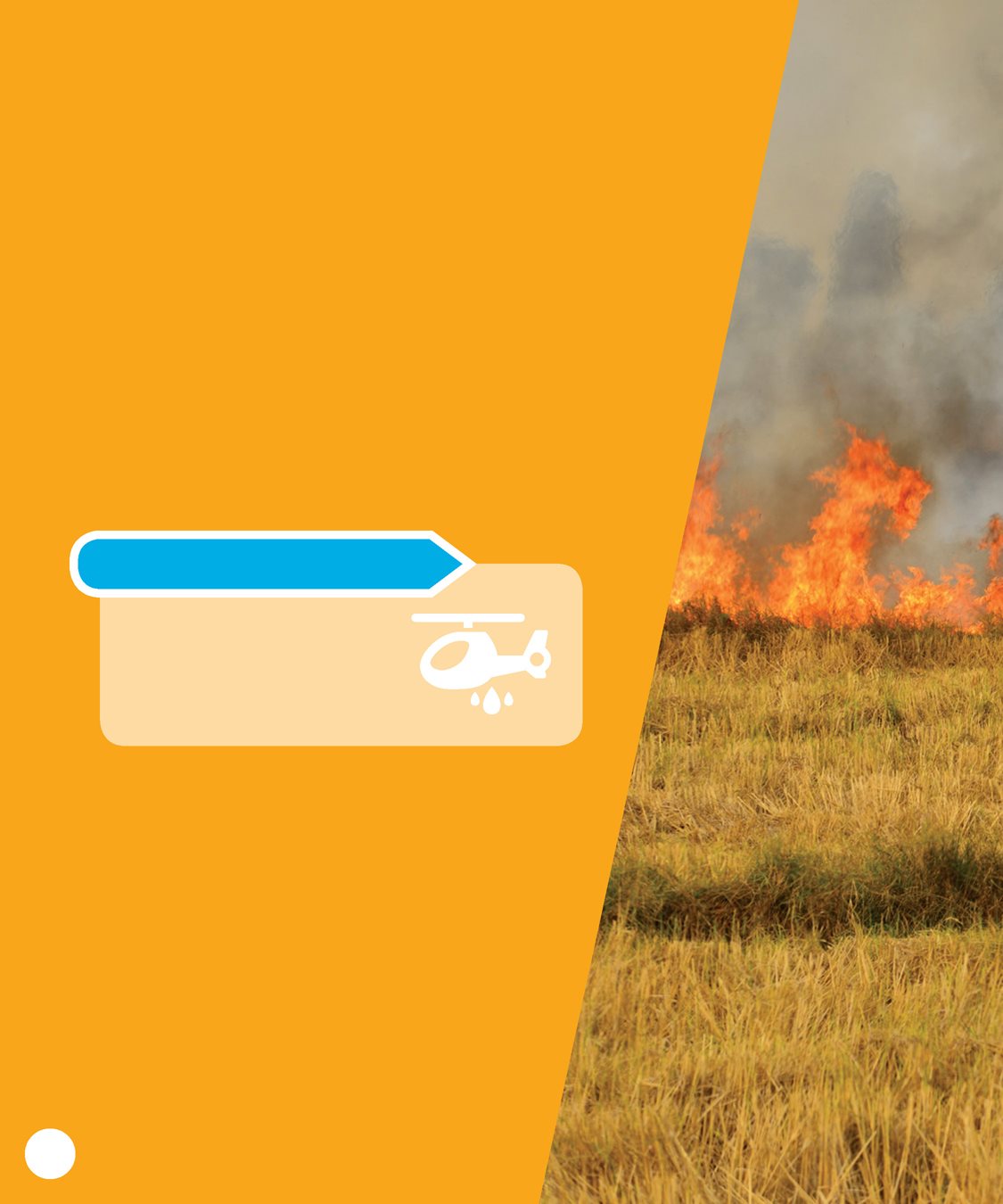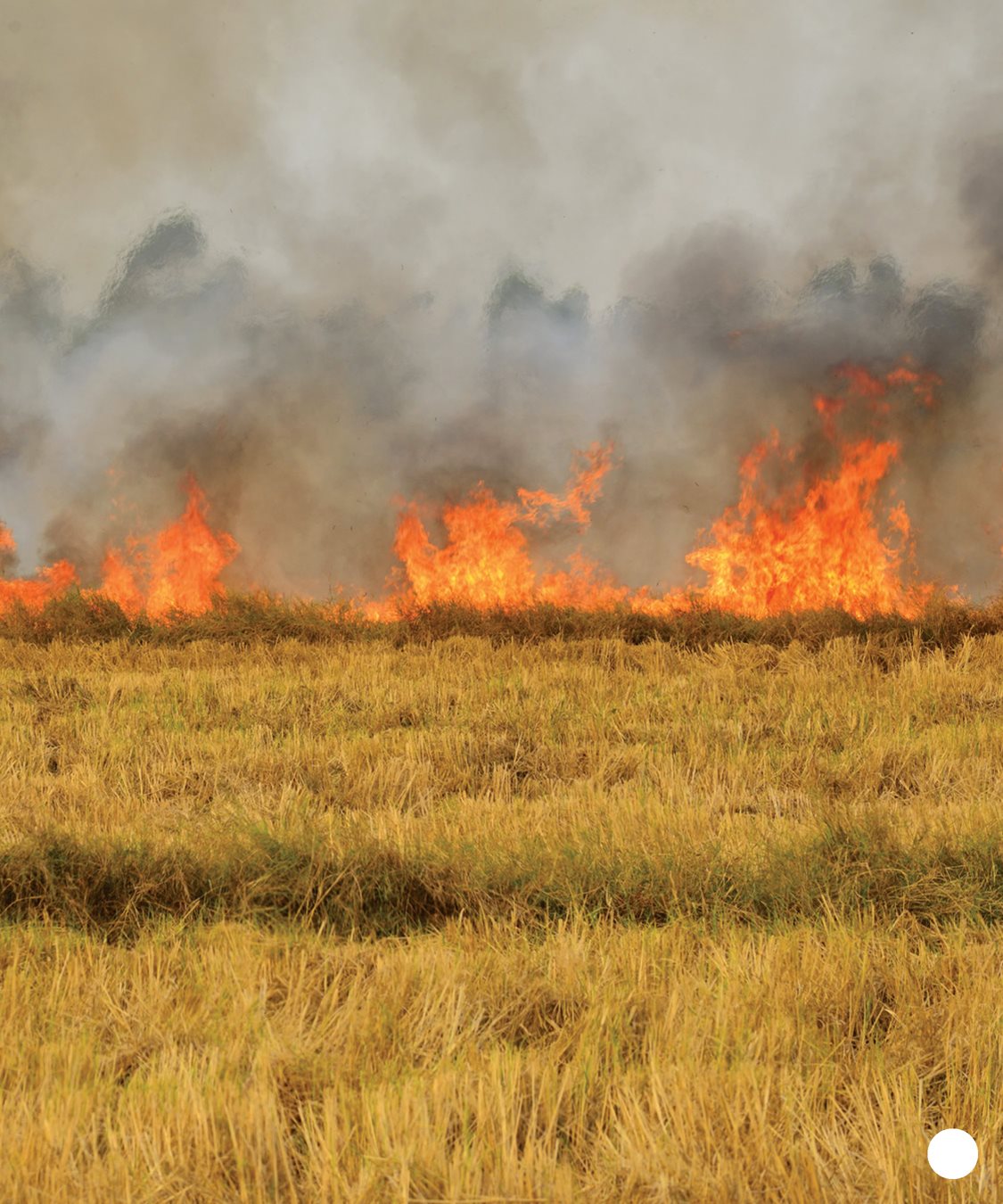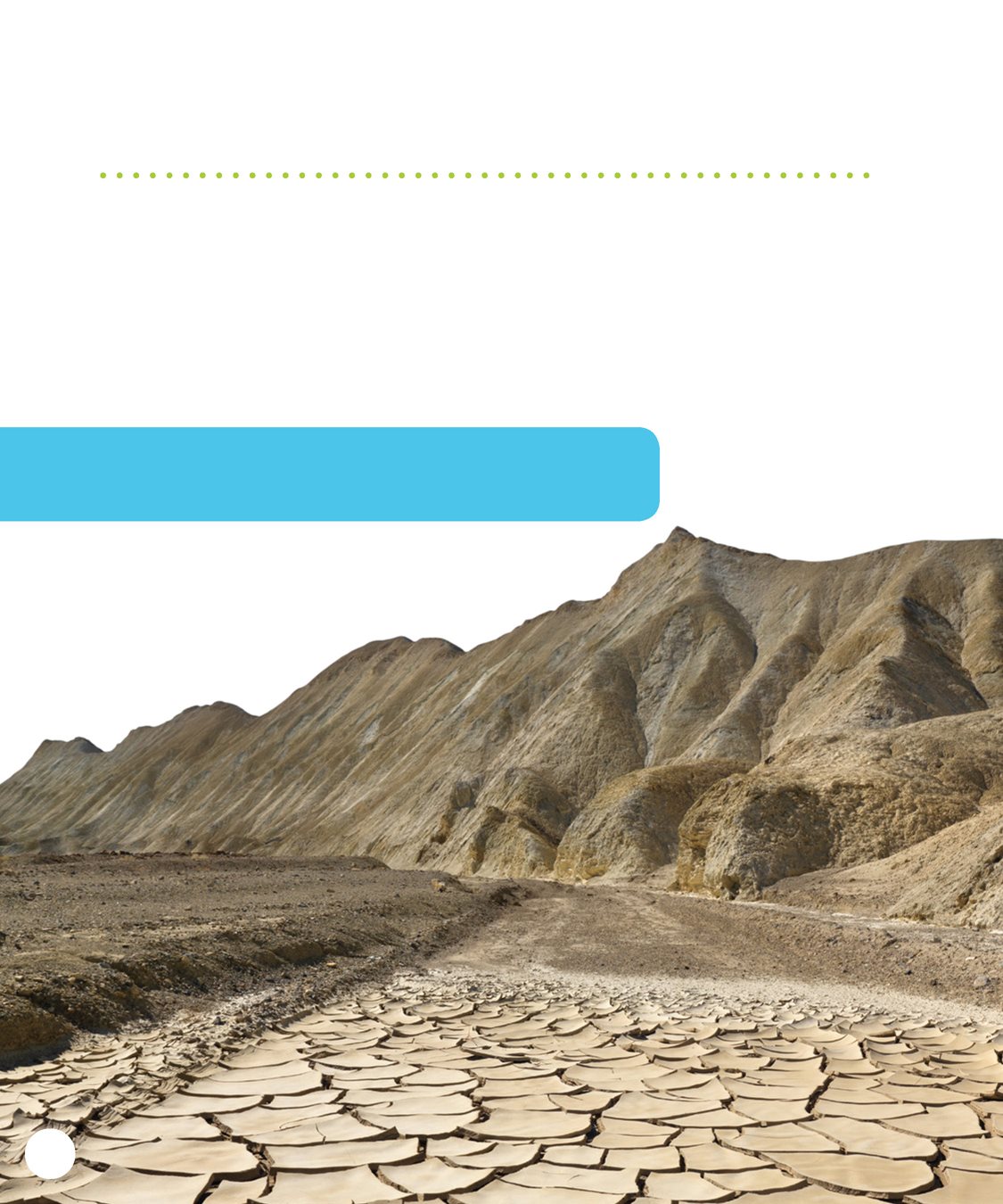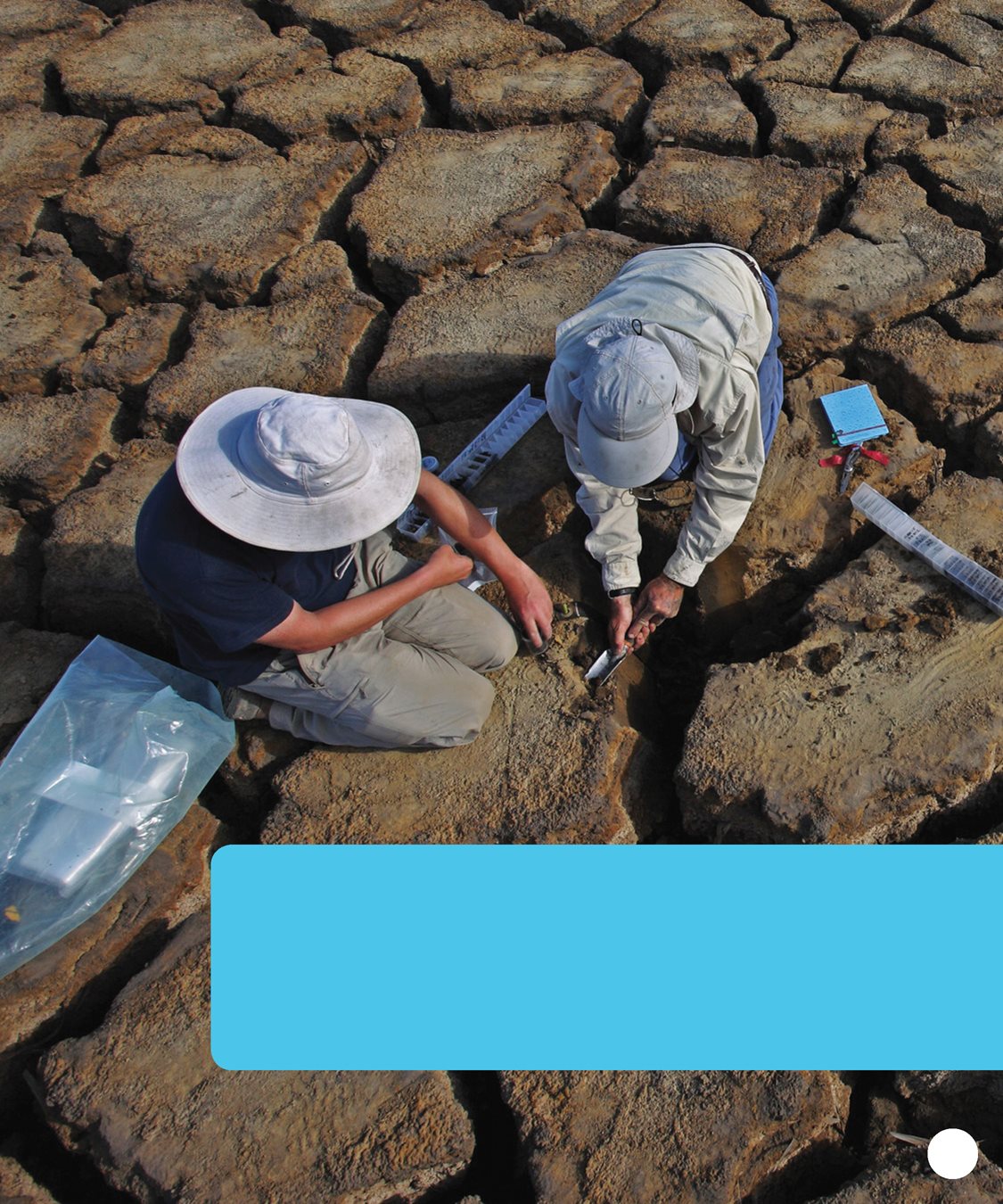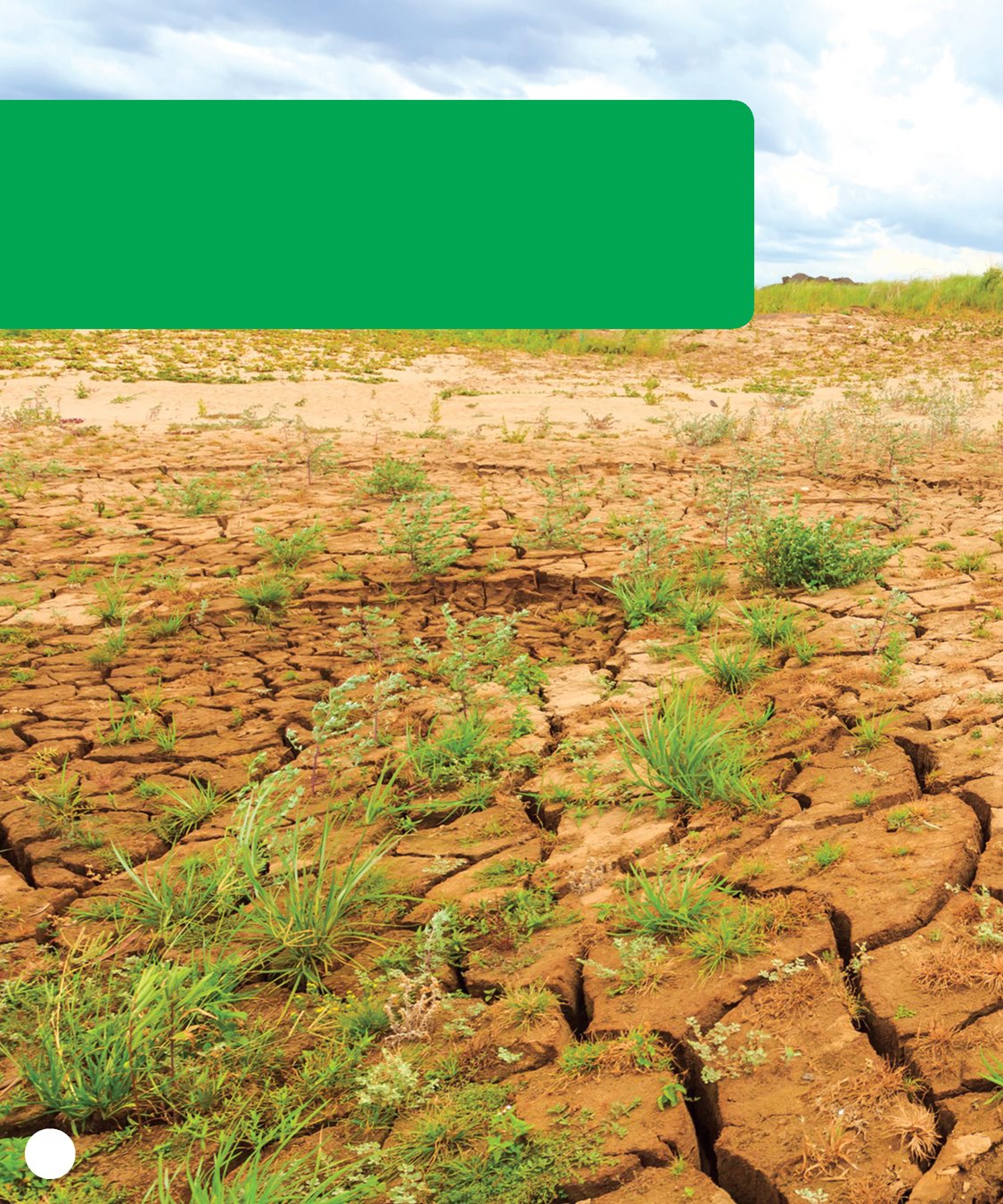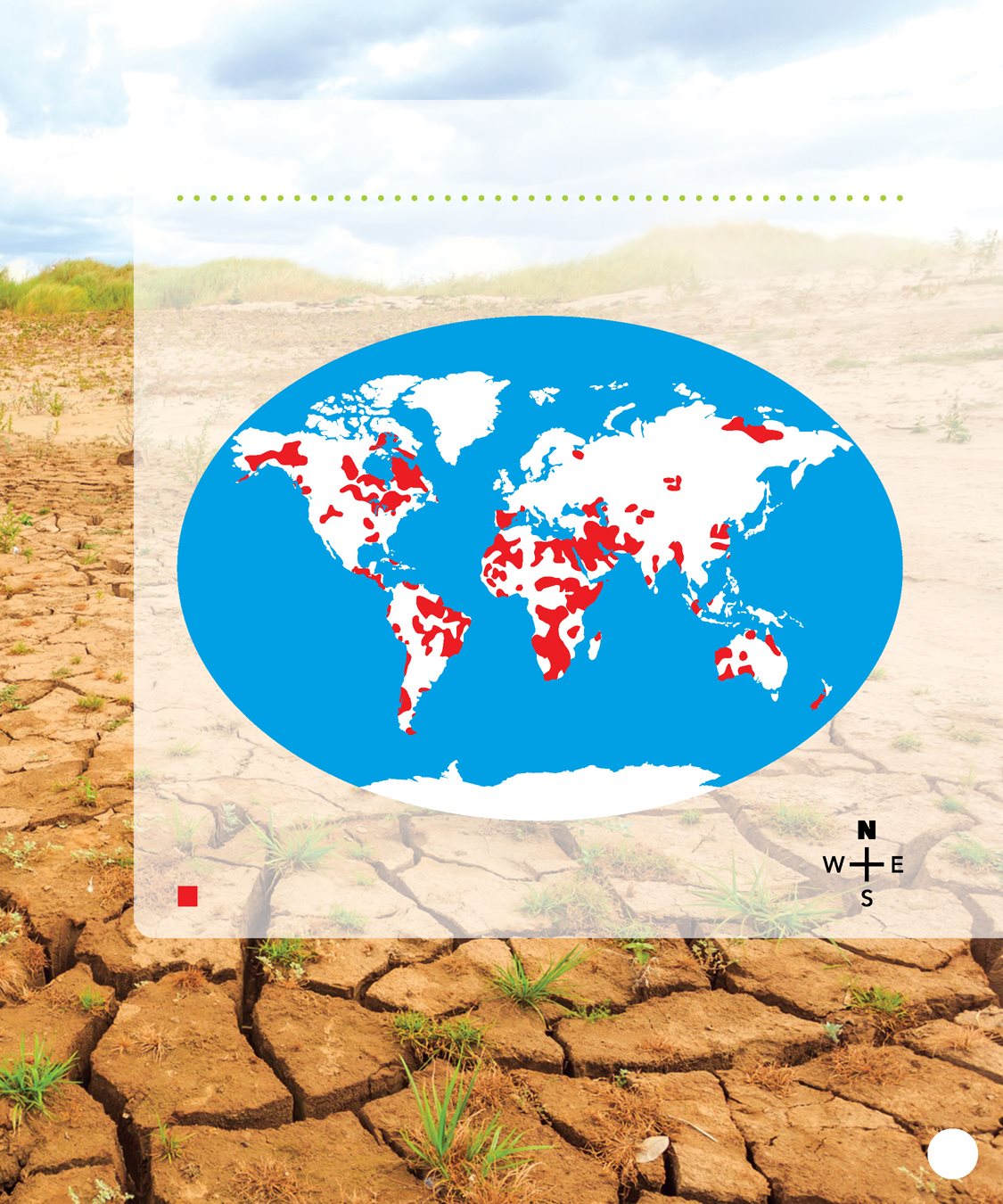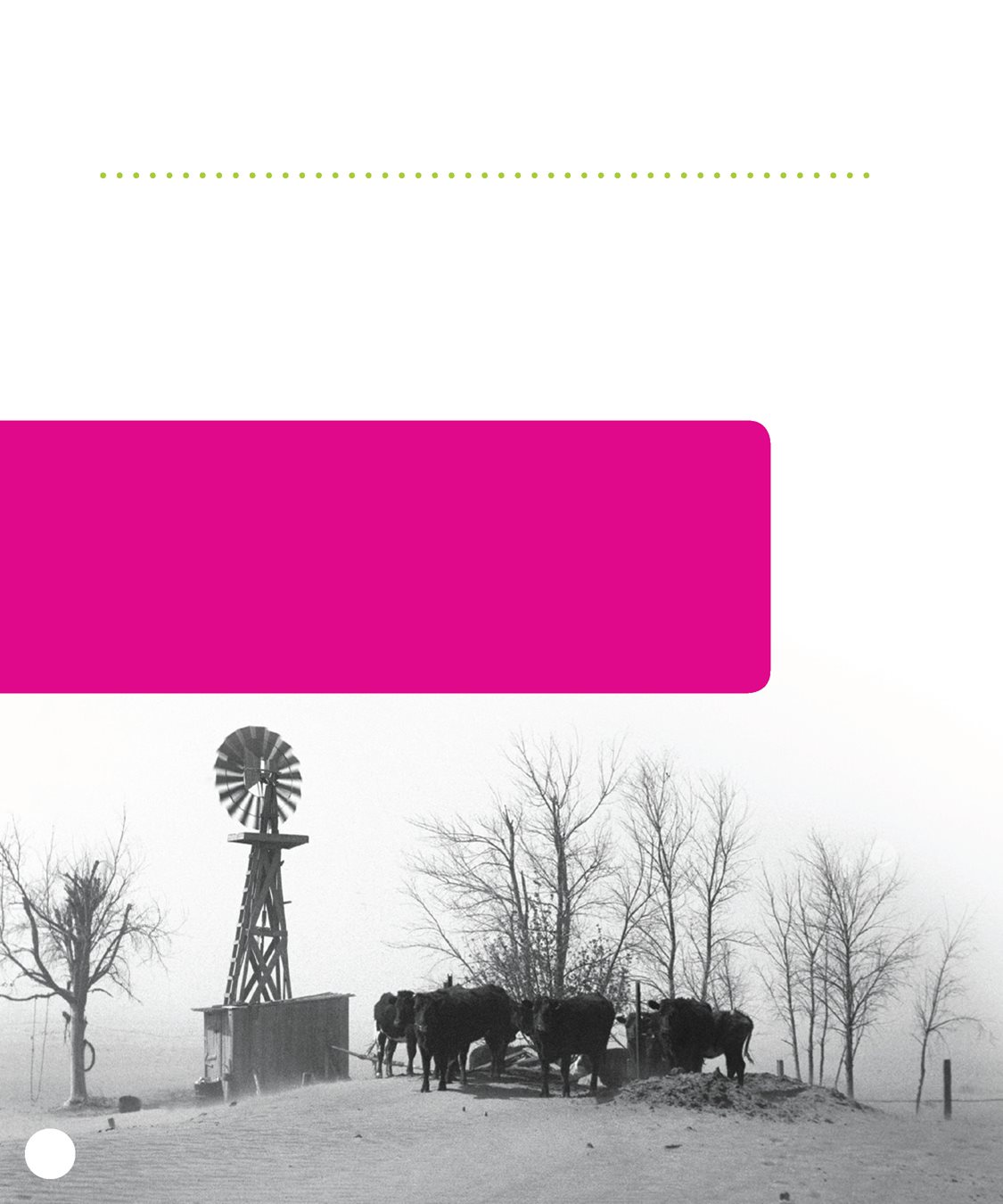Ideas for Parents
and Teachers
Pogo Books let children practice
reading informational text while
introducing them to nonfiction
features such as headings, labels,
sidebars, maps, and diagrams,
as well as a table of contents,
glossary, and index. Carefully leveled text with
a strong photo match offers
early fluent readers the support
they need to succeed.
Before Reading
Walk through the book and
point out the various nonfiction
features. Ask the student what
purpose each feature serves. Look at the glossary together.
Read and discuss the words.
Read the Book
Have the child read the book
independently.
Invite him or her to list questions
that arise from reading.
After Reading
Discuss the childs questions.
Talk about how he or she might
find answers to those questions. Prompt the child to think more.
Ask: Have you ever experienced
a drought? What can you do
to conserve water? Pogo Books are published by Jump!
5357 Penn Avenue South
Minneapolis, MN 55419
www.jumplibrary.com Copyright 2016 Jump!
International copyright reserved in all countries.
No part of this book may be reproduced in any form
without written permission from the publisher. Library of Congress Cataloging-in-Publication Data Meister, Cari, author. Droughts / by Cari Meister. (Disaster zone) Pogo Books are published by Jump!. (Disaster zone) Pogo Books are published by Jump!.
Audience: Ages 710 Includes index. ISBN 978-1-62031-224-7 (hardcover: alk. paper) ISBN 978-1-62031-264-3 (paperback) ISBN 978-1-62496-311-7 (ebook) 1. DroughtsJuvenile literature. I. Title.
QC929.25.M45 2016 551.5773dc23 2014048960 Series Editor: Jenny Fretland VanVoorst Series Designer: Anna Peterson Photo Researcher: Anna Peterson Photo Credits: All photos by Shutterstock except:
Alamy, ; iStock,
. Printed in the United States of America at
Corporate Graphics in North Mankato, Minnesota.
TABLE OF CONTENTS
CHAPTER
WHAT IS
A DROUGHT?
Imagine you are in Australia. The ground
is cracked. Plants are dead. 4 CHAPTER 1
Some people wear masks. 4 CHAPTER 1
Some people wear masks.
It keeps the dust
out of their lungs. There are tanks around
houses to collect rainwater. But theres
no water in them. Its a drought! CHAPTER 1
A drought happens when
there is too little rain for too
long a time. Plants die. Rivers
and lakes dry up.
Sometimes
the ground gets very hard.
It cracks open.
DID YOU KNOW?
Australias Millennium Drought
was one of the worst in history
for the southeast part of the
country. It lasted from 1997
to 2009. Thats years! 6 CHAPTER 1
CHAPTER 1
8 CHAPTER 1
Droughts can cause famines ,
floods, and fires. A famine happens
when people cant grow enough
food. People starve to death.
CHAPTER 1
Droughts can cause floods.
When a dry area finally gets
rain, the ground is hard.
The rain does not soak in. Wildfires happen during
droughts. Dead trees catch
fire. If it is windy, the fire
spreads fast.
DID YOU KNOW?
Helicopters fly in to help
stop wildfires. 10 CHAPTER 1
CHAPTER 1
CHAPTER
WHERE
AND WHEN?
Droughts are hard to predict. 12 CHAPTER 2
Hydrologists study past and present
droughts. 12 CHAPTER 2
Hydrologists study past and present
droughts.
What they learn helps them
predict when and where a new drought
will happen. CHAPTER 2
Droughts happen all over the world. But places with a warm climate ,
high winds, and low rainfall are
more likely to experience drought. 14 CHAPTER 2
WHERE DO THEY HAPPEN?
Most of the areas where drought is common
are in the Southern Hemisphere. = Drought Zones CHAPTER 2
CHAPTER
DEADLY
DROUGHTS
Between 1934 and 1937 there was
a drought in the Great Plains. It was
known as the Dust Bowl.
The wind
picked up the dirt from the fields
and carried it high into the air. 16 CHAPTER 3
Large clouds of dirt blew through the country. They suffocated animals and made it hard
for people to breathe. CHAPTER 3
Ethiopia has a history
of drought. For much of
the 1980s, it did not rain. Crops dried up.
Animals and
people did not get enough
food. About a million



